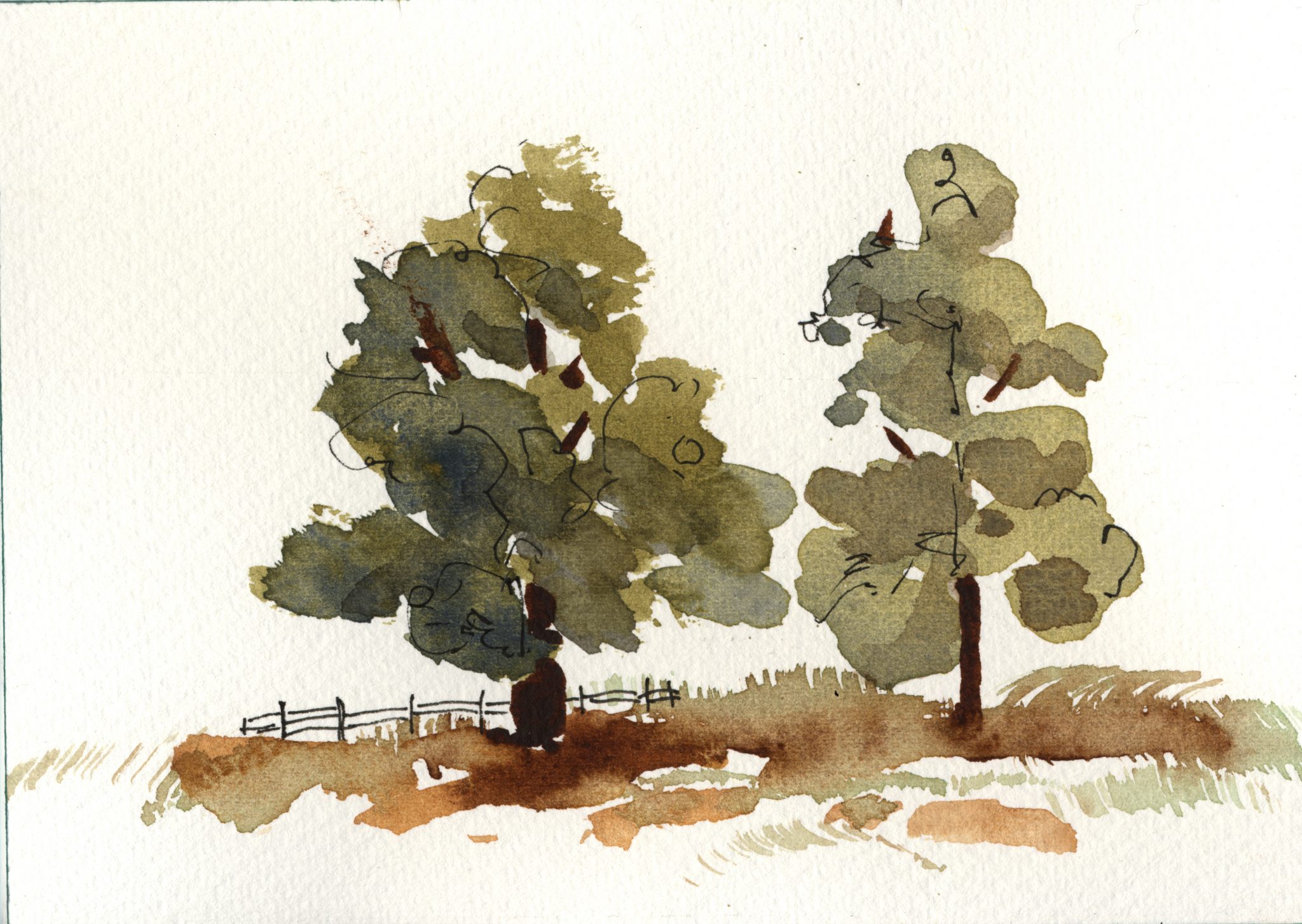Pain is a crisis, the more severe or confusing the pain, the greater the crisis. And yet, pain is difficult to communicate, and pain perception and communication vary across ages, genders, and cultures. Furthermore, how people perceive others’ pain can be influenced by a number of subjective factors–cultural and individual, affective and intellectual–that can lead to some groups (minority and/or low income men, and women in all groups) to receive less care than they need.
Scholars in medical fields from psychiatry to surgery have studied this problem, but what the role of design? What could it be? Are design interventions focused mainly on the experiences of those with ready access to health care? What kinds of possibilities might design bring to addressing problems of plain communication?
Taking an expansive view of the pain-experience landscape, a team with the UC Davis Center for Design in the Public Interest (Dipi) is exploring innovative approaches to pain communication by bringing together design, rhetoric, sociology, anthropology, and communication scholars with the patient communities whose needs we hope to meet.
In addressing the problem of pain communication, the Dipi team will also document experiences and insights related to democratic design. For example: How can we balance expertise (e.g. medical expertise and design expertise) with the need to create democratic design processes? How can we design in ways that benefit from the experiential expertise of people from many backgrounds, while still maintaining best practices as understood in our fields?
Two team members, Susan and Sarah, are excited to explore both questions about pain communication and about democratic design processes with the other DesignInquiry participants. We promise not to hurt anyone.
Pain type studies by UC Davis students Mandy Chew, Daniel Daquigan, Helen Ho, Vivian Ho, Keaton Kenel, Kristie Wu.



